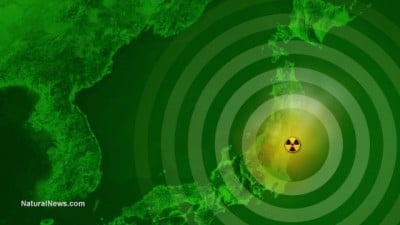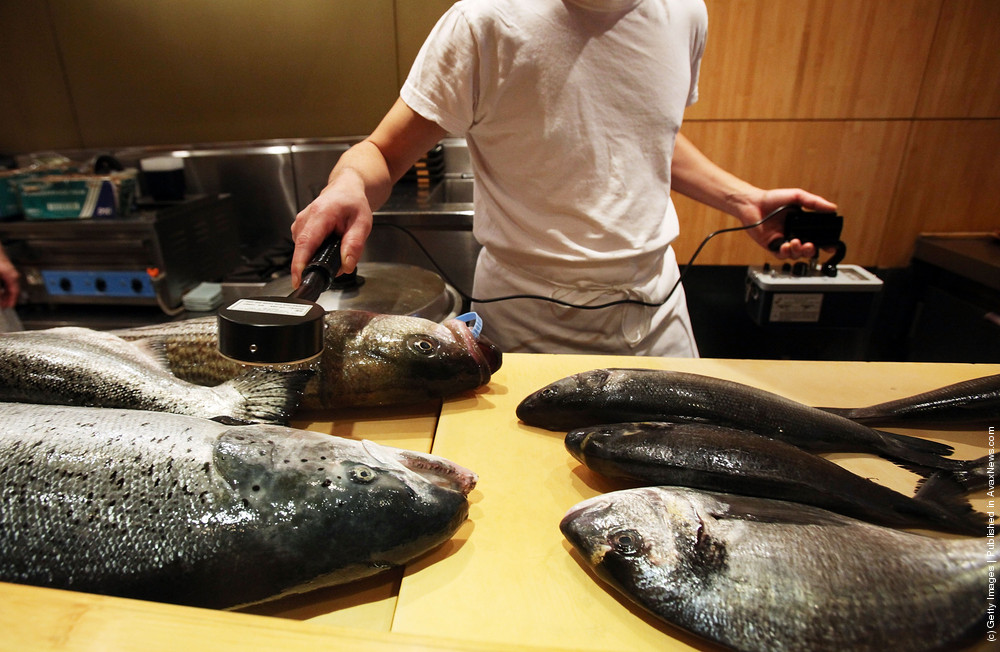Radioactive Plume From Fukushima Makes Landfall on America’s West Coast

Tillamook County, Oregon — Seaborne cesium 134, the so-called “fingerprint of Fukushima,” has been detected on US shores for the first time researchers from the Woods Hole Oceanographic Institution (WHOI) said this month.
WHOI is a crowd-funded science seawater sampling project, that has been monitoring the radioactive plume making its way across the Pacific to America’s west coast, from the demolished Fukushima Daiichi nuclear power plant in eastern Japan.
The seawater samples were taken from the shores of Tillamook Bay and Gold Beach, and were actually obtained in January and February of 2016 and tested later in the year.
In other strikingly similar news reported last month, researchers at the Fukushima InFORM project in Canada, led by University of Victoria chemical oceanographer Jay Cullen, said they sampled a sockeye salmon from Okanagan Lake in British Columbia that tested positive for cesium 134 as well.
Multiple other reports have circulated online, mostly in alternative media outlets, and mostly not corroborated by any tangible measurement data, that point to cases of possible radioactive contamination of Canadian salmon, but EnviroNews Oregon has not independently confirmed any of these claims.
Testing Fish for Radiation in Sushi Restaurant
Cesium 134 is called the “footprint of Fukushima” because of its fast rate of decay. With a half life of only 2.06 years, there are few other places the dangerous and carcinogenic isotope could have originated.
It is important to note that airborne radioactive fallout from the initial explosion and meltdowns at Fukushima in 2011 reached the US and Canada within days, and circled the globe falling out wherever the currents and precipitation carried it — mostly to places unknown to this day. Even still, radioactive iodine 131 was found in municipal water supplies in places like Pennsylvania and Massachusetts shortly after the initial Fukushima accident — a triple meltdown ranked by EnviroNews USA as the most destructive environmental catastrophe in human history.
The samples from the Oregon coast measured around 0.3 becquerels per cubic meter for cesium 134. Researchers in both the US and Canada said the recently detected radiation levels were extremely low and pose “no risk to humans or the environment.” Sadly, NBC, the New York Post, USA Today, and even The Inquisitr amongst others, took the bait and reported the same thing.
Medical science and epidemiological studies have demonstrated time and again that there is no safe amount of radiation for a living organism to be subjected to — period. With each subsequent exposure, no matter how small, the subject experiences an increase in cancer risk. In the wake of Fukushima, several governments, and certainly the Japanese government, have raised the “safe” annual limit for radiation exposure for humans — this critics say, to lower legal liability and to placate concerns from the public, in an increasingly radioactive world. Now, many concerned citizens look on in concern, waiting for more testing and data on ocean waters and the seafood they so greatly enjoy.


